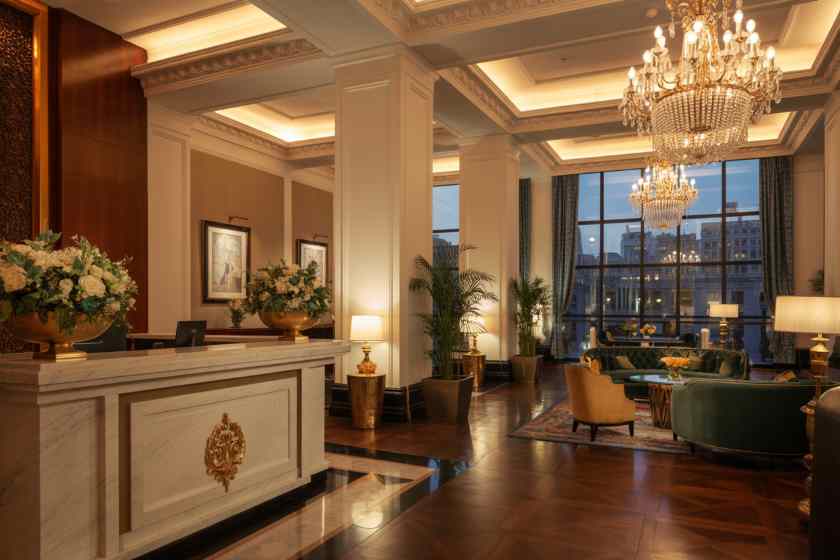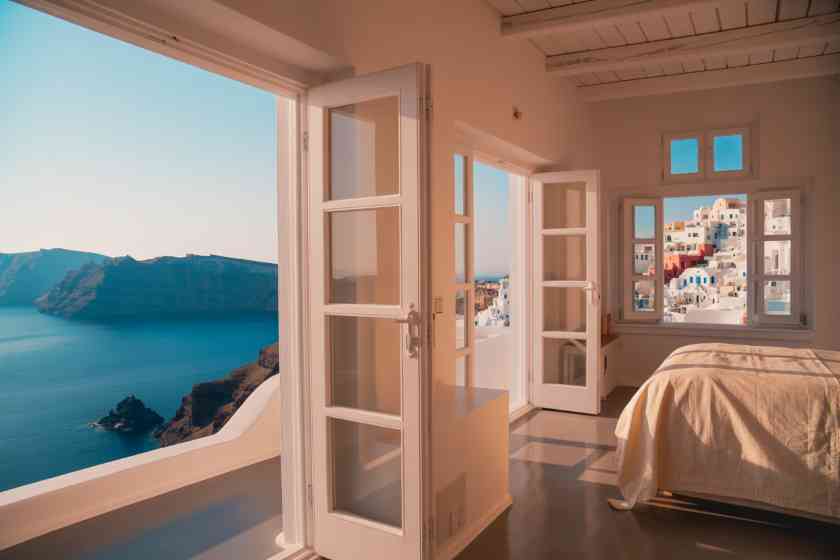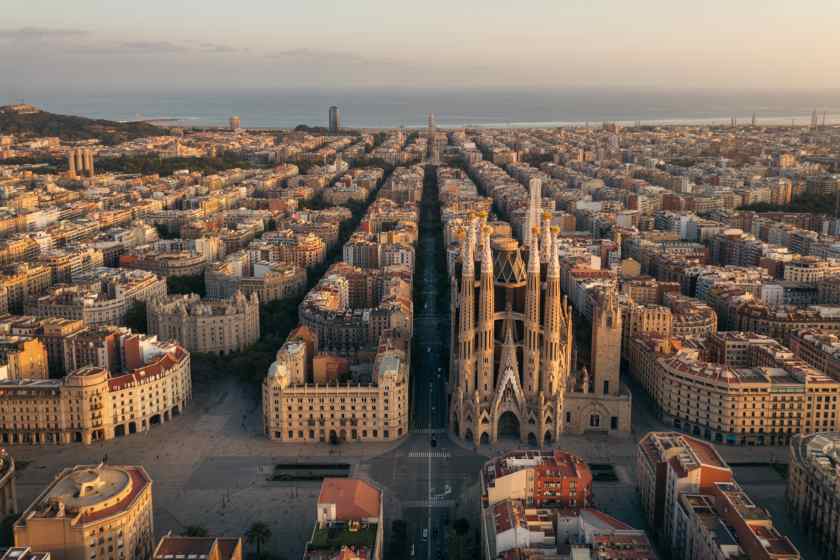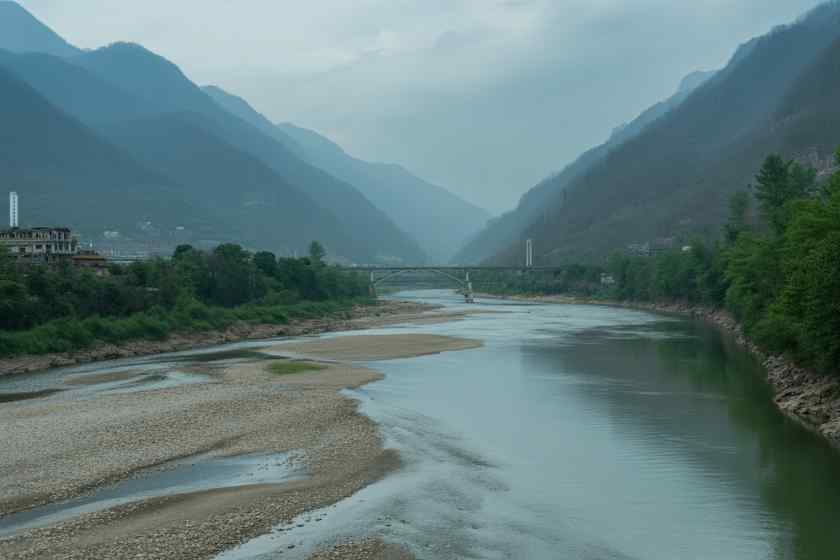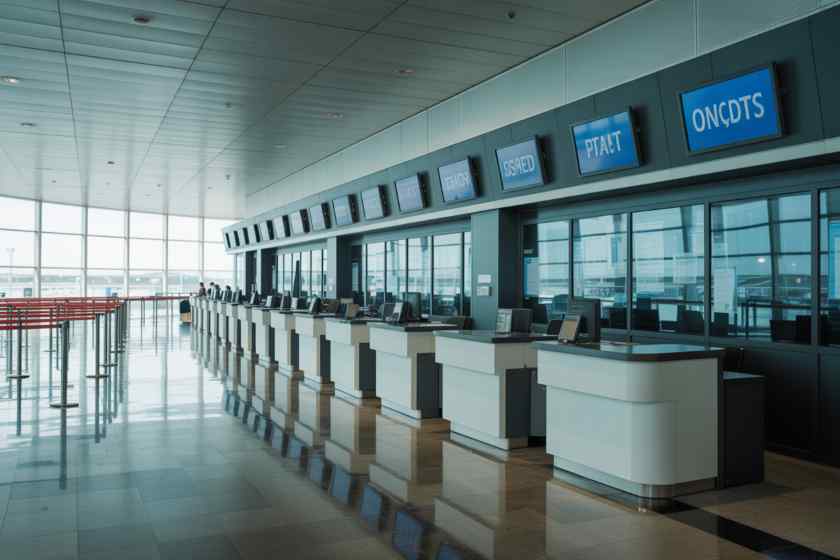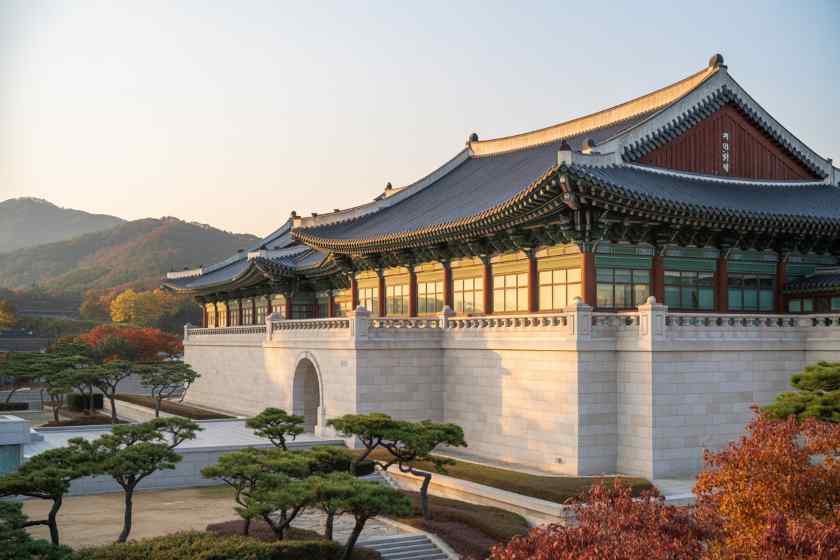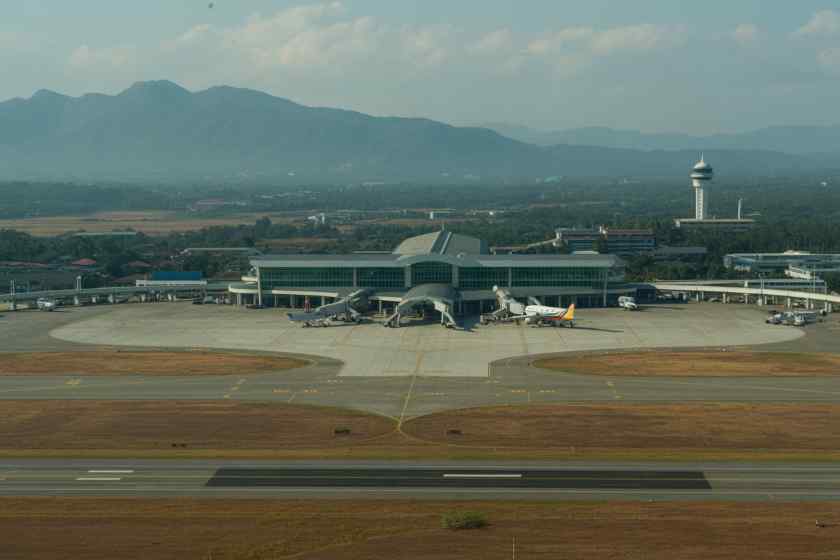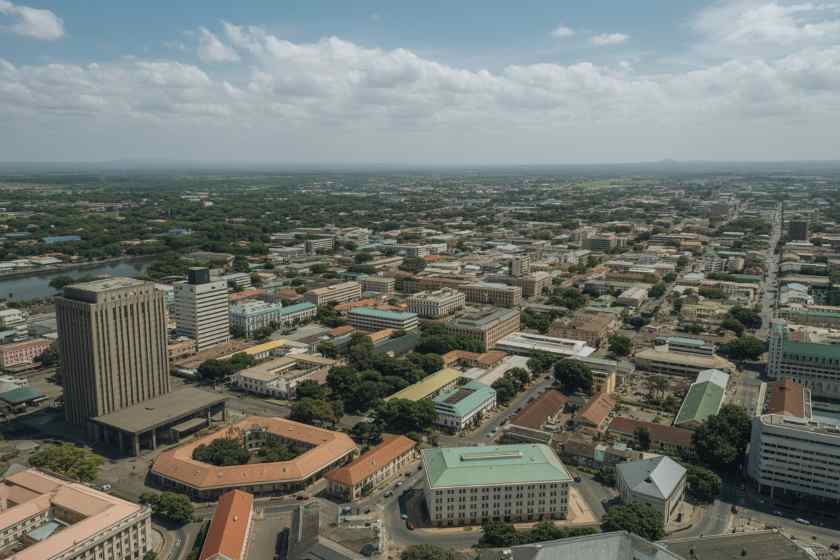Tokyo’s Sumida Ward: Where Old Town Traditions Meet Contemporary Art
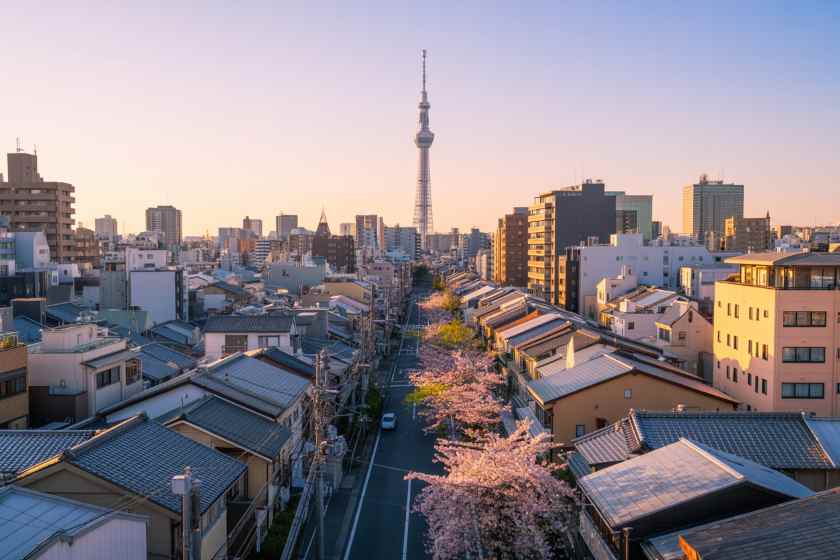
While bombing during the war left most areas of Sumida relatively unscathed, this unique feature in the city, along with the nagaya row houses, has enabled Sumida to maintain a rich vibrant arts scene. Unlike other cities in Japan, the town’s legacy and enduring historic architecture of wooden nagaya row houses complemented with contemporary cultural expression, along with the unique older district spirit, has made Sumida a vital part of Japan’s capital.
Historic Townscape
Sumida retains an unusually high number of traditional nagaya row houses—long wooden dwellings that once served working-class communities in old Tokyo. Because the district endured less war‐time destruction than many others, much of the original building fabric survives. This preservation gives Sumida its distinctive character and offers visitors a rare glimpse of the capital’s urban heritage.
In addition, during Japan’s post-war economic expansion, Sumida developed into a hub of skilled craftsmanship and manufacturing. The district’s legacy as a “craftsmanship town” remains alive today through artisan workshops, local brands and demonstration studios that open their doors to visitors.
Craft Traditions and Workshops
Sumida is officially recognised as a centre of traditional Japanese crafts. The ward’s tourism materials highlight that even now, many workshops continue to operate using centuries-old techniques—such as Edo glassware, tortoiseshell ornaments and the creation of hagoita (decorative paddles used in New Year games). Visitors have the opportunity to watch master artisans at work and to participate in hands-on craft workshops.
The Sumida Industry and Tourism Information Center provides information about these craft experiences, offering visitors insight into how traditional materials and methods from the Edo period live on in modern Tokyo. This commitment to craftsmanship supports the ward’s identity as a living heritage district.
Art and Cultural Landmarks
Alongside its historic houses and craft studios, Sumida houses significant art institutions and cultural landmarks. For example, the area is home to the Sumida Hokusai Museum—dedicated to the legendary ukiyo-e artist Katsushika Hokusai, who spent much of his life in the Sumida area. Visitors can explore his work, learn about his influence and connect with the legacy of Japanese art history.
Other attractions, such as riverside parks along the Sumida River (renowned for cherry blossoms and fireworks), further combine natural beauty, heritage and culture. The juxtaposition of old-town streets with the modern landmark TOKYO SKYTREE provides a striking visual contrast and underlines the district’s layered urban character.
Visitor Experience and Walking Routes
Sumida welcomes visitors with walking routes that weave together historic streets, craft workshops, museums and skyline views. Starting from the Oshiage / Tokyo Skytree area, one can explore adjacent neighbourhoods such as Mukōjima and Ryōgoku. These areas preserve the atmosphere of the Edo-era working town (shitamachi) and include narrow alleys, small temples, old-style merchant houses and local eateries.
For travellers, the district offers lodging and dining options that reflect its cultural roots—small inns, local cafés and restaurants specialising in Edo-period style cuisine (including eel dishes, soba and traditional sweets). Public transport is convenient: Sumida is served by multiple subway and train lines, providing easy access from the heart of Tokyo and from international entry points.
Preservation and Tourism Strategy
The local government of Sumida Ward and the Tokyo metropolitan authorities actively promote the preservation of historic townscape and traditional crafts. Tourism materials emphasise “Sumida: A craft-making town since the Edo era” and highlight visitor programmes that allow hands-on participation in craft workshops.
These efforts are part of a broader strategy to maintain the ward’s identity while accommodating international tourism. Visitors are encouraged to respect private residences, historic houses and workshop spaces, thereby helping to sustain the area’s cultural and community value for the long term.
Why Visit Sumida Now
For international visitors including those from India and elsewhere Sumida offers a distinctive Tokyo experience that diverges from the usual high-rise and commercial centre outlook. It provides:
- A historic urban environment where pre-war wooden dwellings and narrow alleys remain.
- Active artisan workshops and craft classes meaning travellers can engage directly with Japanese heritage.
- A combination of tradition and modernity: old-town atmosphere alongside iconic landmarks like Tokyo Skytree.
- A quieter, more localised tourism environment compared to Tokyo’s busiest districts, making it suitable for travellers seeking depth and authenticity.
Planning a Visit
- Nearest major terminals: Tokyo Station / Ueno / Asakusa, then subway/tram access to Sumida.
- Recommended seasons: spring (cherry blossoms along Sumida River) and summer (river fireworks) provide excellent scenic value.
- Language: Tourist centres in the district offer multilingual support and English-language signage.
- Participation: Workshops may require reservations and small fees; visitors are advised to check mobile or official ward tourism information beforehand.
- Tourism etiquette: As Sumida remains largely residential and artisan-focused, visitors should behave respectfully toward neighbourhood homes, workshops and older buildings.
Conclusion
Sumida Ward in Tokyo represents a harmonious blend of historic urban life, skilled craftsmanship and modern cultural sophistication. Its preserved nagaya row houses, active craft studios and world-class art institutions make it a unique destination within Japan’s capital. For travellers seeking a Tokyo experience rooted in heritage, creativity and authenticity, Sumida offers a compelling and immersive choice.
The post Tokyo’s Sumida Ward: Where Old Town Traditions Meet Contemporary Art appeared first on Travel And Tour World.

